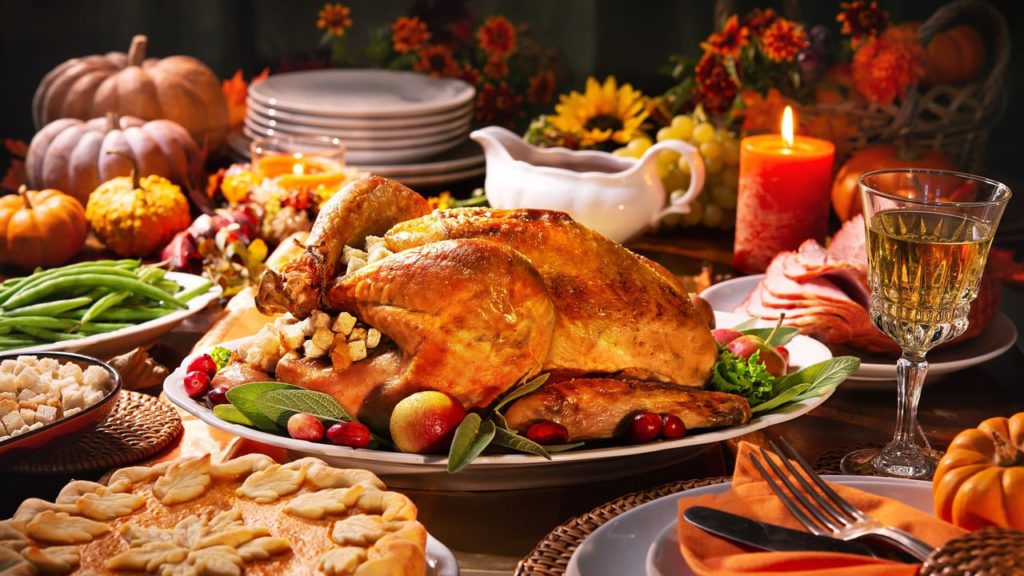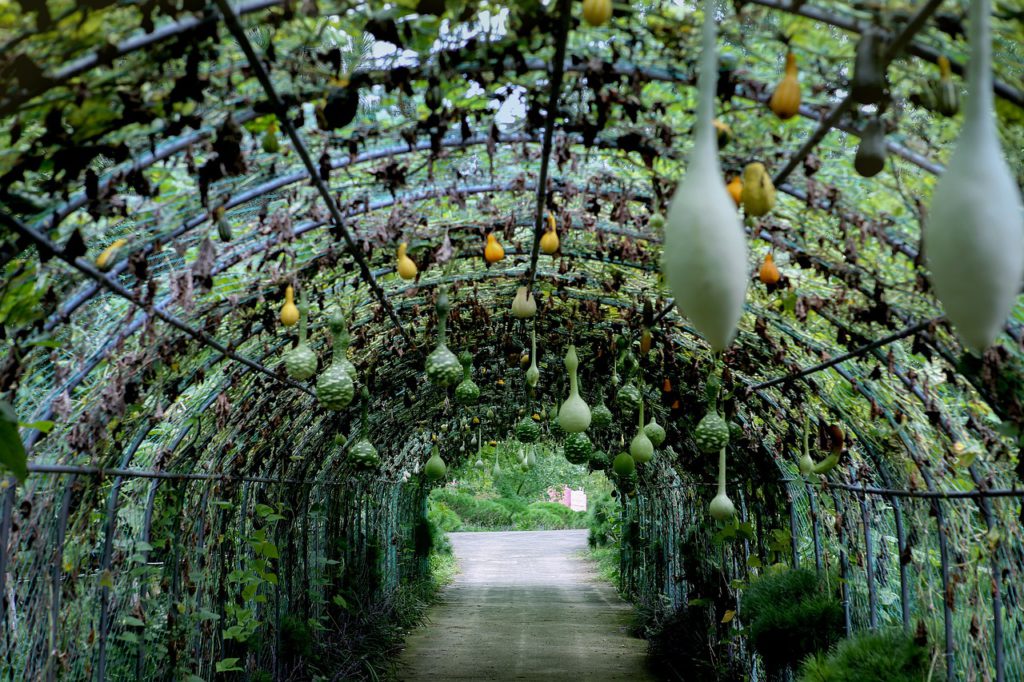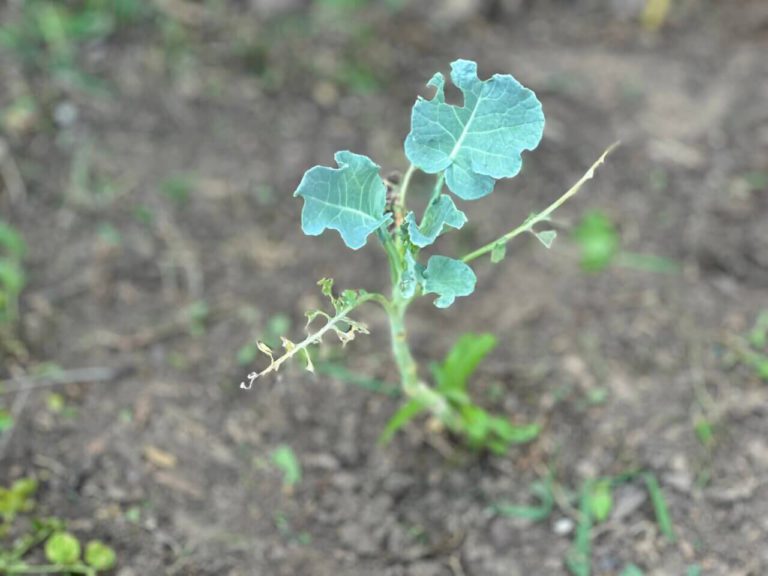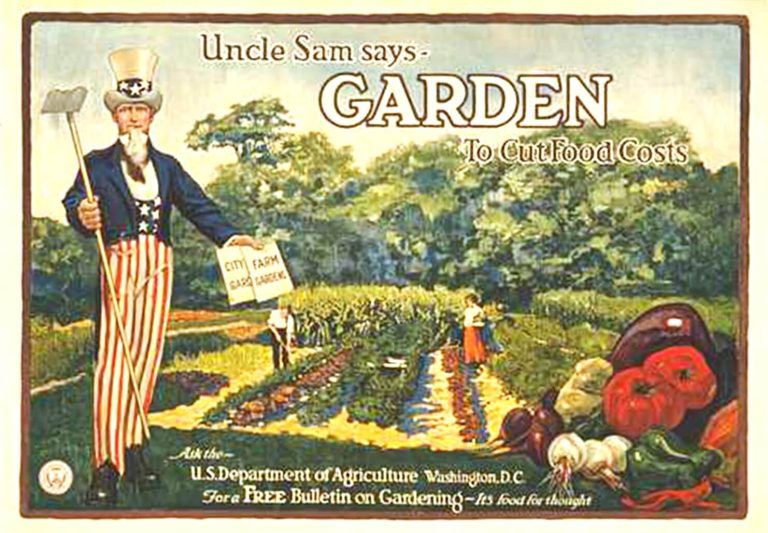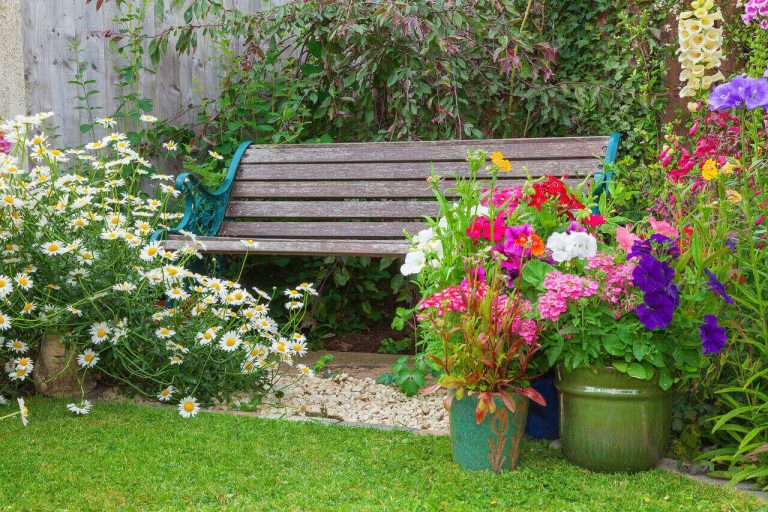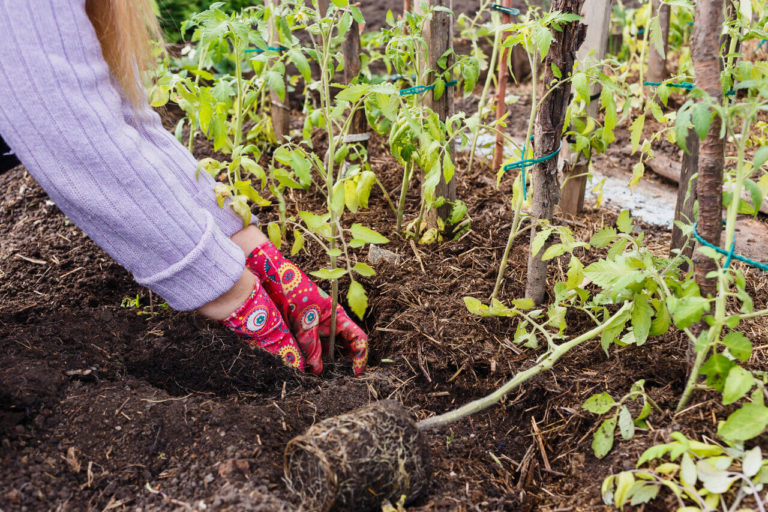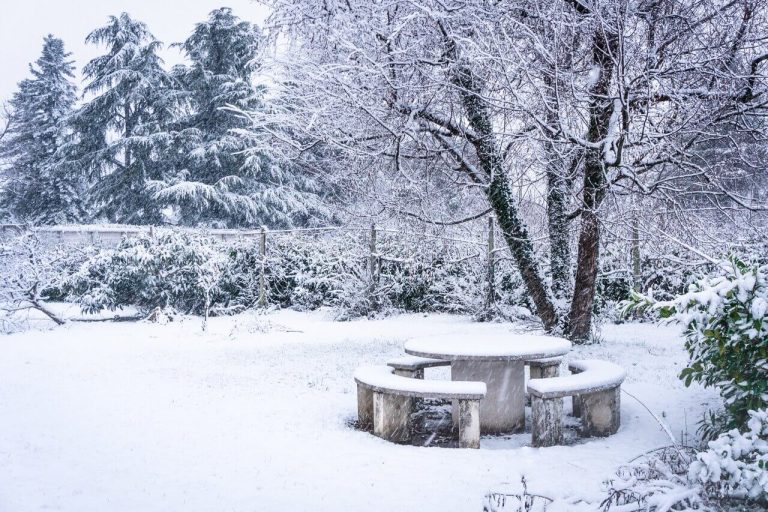Planning Your Thanksgiving Garden
When I think of Thanksgiving, I picture a table packed with roasted turkey, stuffing, mashed potatoes, rich gravy, and a salad made from fresh ingredients from my Thanksgiving garden. There’s the sound of laughter, warm rolls being passed around, a pecan pie waiting for its turn, and the Dallas Cowboys game playing in the background.
For me, having home-grown veggies as part of that feast is more than just a nice touch. It’s a goal that will add meaning and a healthy touch to the meal. Plenty of people manage to enjoy their own harvest year-round, and that’s what makes vegetable gardening so rewarding.
Timing Your Thanksgiving Garden for Peak Harvest
To plan a garden and have vegetables ready for Thanksgiving takes more than simply tossing seeds into the ground whenever you have a free afternoon. You need to know when to plant for your climate and pick the right crops that will be ready for harvest when you need them. Timing is everything.
For cooler climates where fall temperatures drop quickly, planting in late spring or early summer is essential. For those lucky enough to live in a warmer climate, the planting schedule can be more flexible, but it still requires some thought.
Creating a planting calendar is one of the first steps in planning a Thanksgiving garden. Trust me, it’s not as intimidating as it sounds.
For instance, carrots, which are perfect for a holiday roast, take about 70-80 days to mature. If your Thanksgiving is in late November, you’d need to plant them by early September at the latest.
Potatoes are another holiday favorite and have a similar timeline. They’re great for making mashed potatoes or roasted sides.
Leafy greens like kale or Swiss chard can be planted closer to fall since they thrive in cooler weather.
You can create your own planting schedule with a little research into your local frost dates. Even if frost arrives earlier than expected, row covers, or mini hoop houses can provide protection and extend the growing season by a few precious weeks.
Choosing Your Thanksgiving Garden Staples
When it’s time to decide what to plant, think about your holiday menu. Focus on staples that you know will be part of the feast. This will make it easier to plan and harvest your Thanksgiving garden effectively.
Root vegetables like carrots, beets, and parsnips are always a hit and excellent for roasting with olive oil and a touch of sea salt. They’re forgiving in terms of storage, so you can harvest them a few weeks before Thanksgiving and keep them in a cool, dark spot until you’re ready to cook.
Another easy win is leafy greens. Kale, Swiss chard, and spinach grow quickly and add a fresh, healthy touch. These greens can be harvested just before Thanksgiving and used in salads or as a simple side dish sautéed with garlic and lemon.
Squash and pumpkins are must-haves for anyone who loves traditional Thanksgiving dishes like pumpkin pie or roasted butternut squash soup. But these crops need about 100 days to mature, so they should be planted in late spring or early summer.
Planning Your Thanksgiving Garden
Planning this far ahead may seem strange when summer is just starting, but it’ll be worth it when your Thanksgiving garden yields bright orange pumpkins ready for pies and soups.
Herbs are essential to add flavor to a holiday meal, and a Thanksgiving garden isn’t complete without them. Rosemary, sage, and thyme are particularly valuable for seasoning everything from stuffing to the turkey itself. They’re hardy plants that often keep growing well into the colder months.
Even if your garden space is limited, a small herb patch or container garden can provide those essential flavors.
This year, I’m growing basil, which I’ll use in a fresh tomato-basil salad or as a tasty flavor in a unique appetizer.
If you find yourself with an excess of herbs, drying them or making herb-infused oils are great ways to preserve their flavors for later use.
Maximizing Space in Your Thanksgiving Garden
Not everyone has a large yard to dedicate to a full Thanksgiving garden. But don’t think that means you can’t make it work.
Raised beds are perfect to maximize smaller spaces because they warm up faster and have better drainage.
Vertical gardening techniques can also help you grow herbs, leafy greens, or even smaller vegetables without using too much space. Trellises, hanging planters, and multi-level planting racks can dramatically increase what you’re able to produce.
Succession planting is another great strategy that makes the most of limited space and time.
Instead of planting all your seeds at once, stagger them every couple of weeks. This will ensure that your crops don’t all ripen at the same time. It will also make your harvest more manageable and extend the availability of fresh produce.
For example, if you stagger plantings of kale and spinach, you’ll have greens ready to harvest throughout the season, leading right up to Thanksgiving.
Soil Preparation and Nutrients for a Thriving Thanksgiving Garden
Remember that healthy soil is the backbone of any successful garden, including your Thanksgiving garden. Before planting, add a generous amount of compost to the garden beds and refresh the soil with organic fertilizers.
This step may seem like extra work, but it’s vital for the health and yield of your plants. Nutrient-rich soil is essential for heavy feeders like squash and pumpkins.
Throughout the season, watch your plants for signs of nutrient deficiencies. Look for signs such as yellowing leaves or stunted growth. If you see any of these signs, address them with a side dressing of compost or organic fertilizer as needed.
Favorites for Classic Holiday Flavors
A few crops stand out in a Thanksgiving garden if you want holiday-specific flavors.
Winter squash and pumpkins are a must if you love traditional holiday dishes. These take longer to mature, so they should be planted as early as your local frost date allows.
Garlic and onions are also key for adding depth to soups, stuffings, and gravies. While they may not be the stars of your Thanksgiving meal, their savory contribution can’t be overlooked. Plant garlic in the fall to ensure it will be ready to harvest by early summer the following year. This will make it perfect for future holiday cooking.
Dealing with Setbacks in Your Garden
Gardening is not without its challenges, and a Thanksgiving garden is no exception. Pests, unpredictable weather, and other hurdles can crop up.
I’ve experienced my fair share of rabbit and deer feasts, not to mention bug invasions.
For natural pest control, neem oil and netting can be lifesavers.
Companion planting is another method that is worth trying. Try planting herbs like mint or marigolds around veggie plants to deter pests and protect your crops.
Weather can be a wildcard. While gardening in Colorado, I experienced many early frosts that nearly ruined my early kale crop. Since I used row covers, I was able to protect the plants from the cold.
Row covers or frost cloths are an inexpensive way to be prepared for sudden temperature changes. But if a crop fails despite your best efforts, don’t let it derail your holiday plans.
Have a backup plan, such as growing herbs indoors or buying from a local farmer’s market to make sure you have fresh elements for your meal.
The Satisfaction of a Thanksgiving Garden Harvest
When it all comes together, and you set your Thanksgiving table, you’ll enjoy a special satisfaction in knowing that some of the meal’s highlights came from your Thanksgiving garden.
Even if it’s just a handful of fresh herbs or a tray of roasted carrots, the meal will feel more personal and rewarding.
It’s also a reminder that gardening is more than the final harvest. It includes the planning, care, and joy of seeing your efforts culminate in a holiday celebration.
And if things don’t go quite as planned, remember that the laughter, warmth, and good company around the table are what genuinely make Thanksgiving special.
I’m Kim Nelson, a writer, entrepreneur, and Master Gardener; please connect with me. Have gardening questions or want more information? Join the VeggieGardenHQ.com community to get your copy of “Grow These Three Vegetables Anywhere Year-Round” and direct access to much more gardening information I share in my weekly newsletter.

